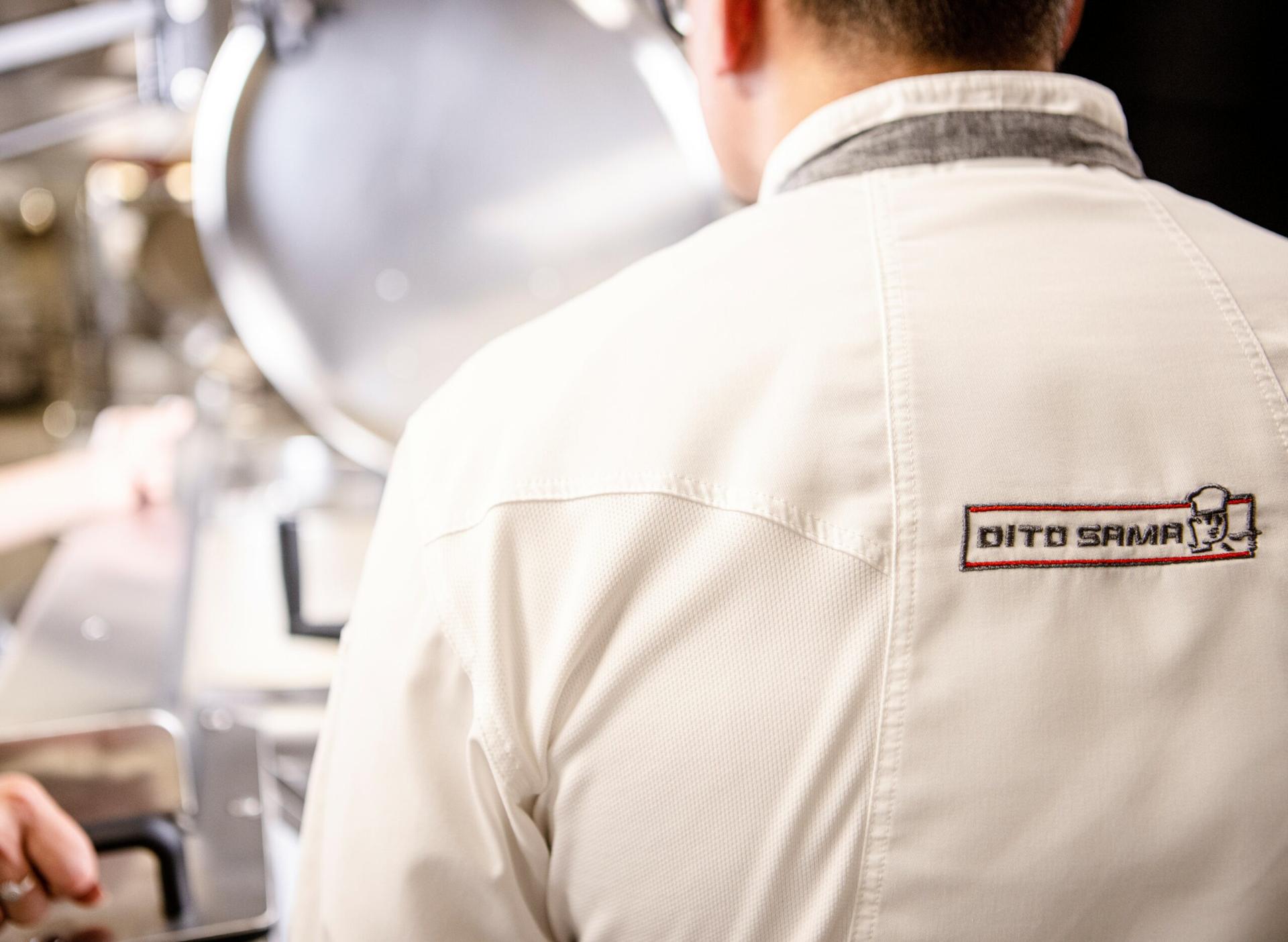

Common Mistakes to Avoid When Choosing Kitchen Appliances
Equipping a kitchen – especially a professional one – is a significant investment. And while it might be tempting to go with the most popular models or the lowest prices, those shortcuts often come at a cost. From mismatched equipment to underpowered machines that can’t handle the volume, there are plenty of pitfalls that can derail a kitchen setup before it even gets started.
In this article, we’ll explore the most common mistakes professionals make when choosing kitchen appliances, how to evaluate the best kitchen appliance brands for your unique needs, and smart tips to guide long-term investments.
Common Pitfalls to Avoid When Investing in Kitchen Equipment
When selecting new equipment, many buyers focus only on features and price. But choosing kitchen appliances for a commercial environment involves balancing performance, durability, energy consumption, and ease of maintenance. Here are some common missteps to avoid:
01.
Prioritizing price over performance:
while budget matters, cheaper appliances often lack the power and resilience needed for high-volume use. This can lead to frequent breakdowns and higher long-term costs.
02.
Ignoring workflow compatibility:
even the best appliance is inefficient if it doesn't fit your kitchen’s flow. Oversized units or poor placement can create bottlenecks and safety risks.
03.
Overlooking cleaning and maintenance:
complex designs or hard-to-clean components slow down turnover and increase sanitation risks. Always check how easy the appliance is to maintain. Is it fully detachable? Is it dishwasher-safe? For how long will the spare parts be available?
04.
Buying consumer-grade equipment for commercial use:
home appliances are not built for professional settings. They wear out quickly and typically don’t meet health and safety standards.
05.
Skipping staff input:
the people using the equipment daily have valuable insight. Involving your team in the decision-making process ensures you choose tools that truly fit your operation.
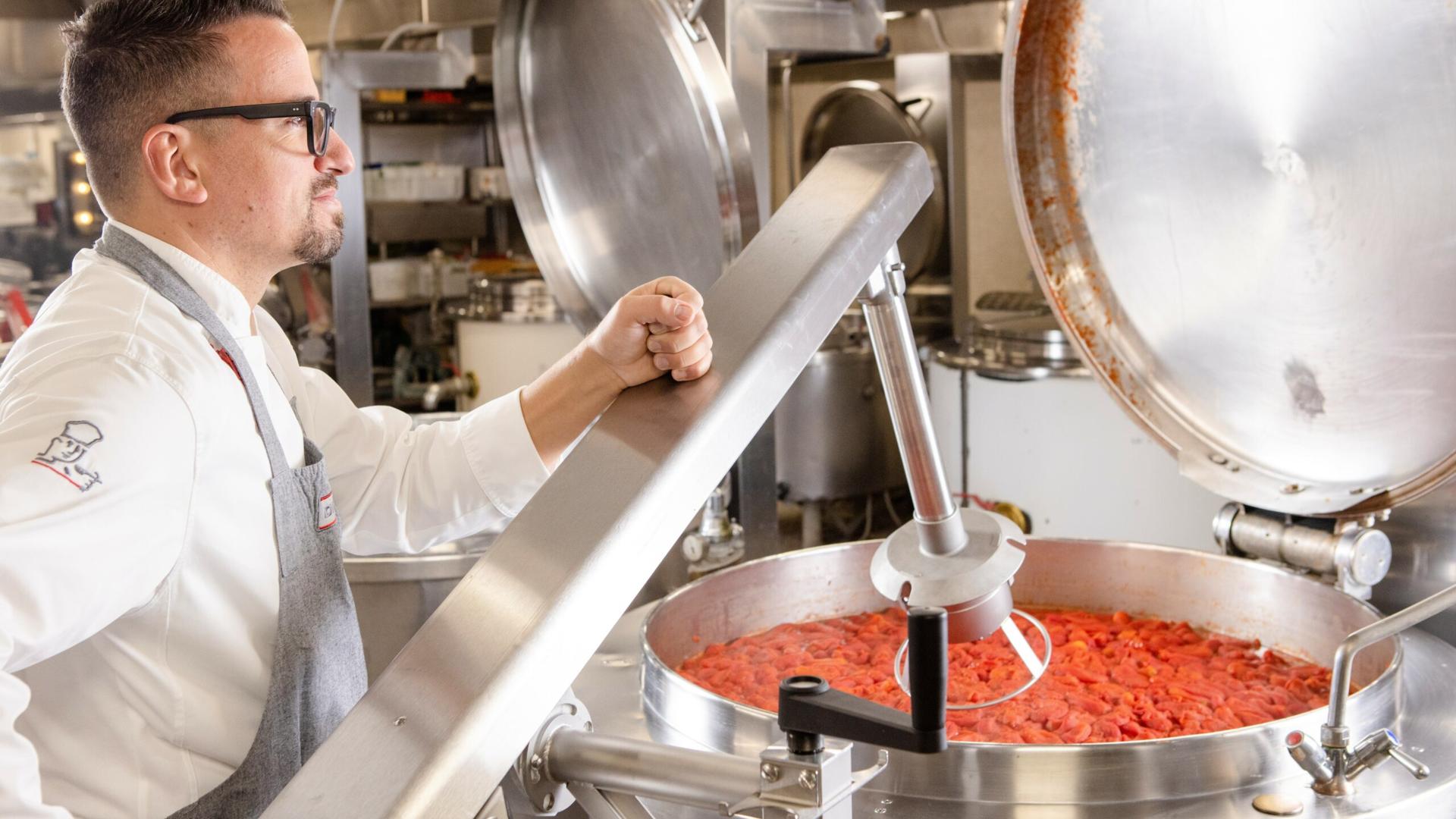

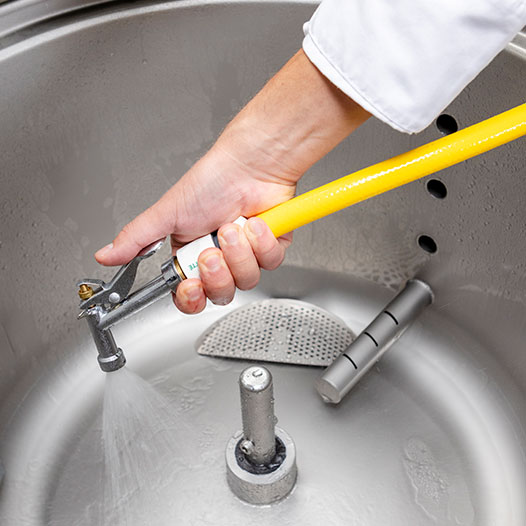
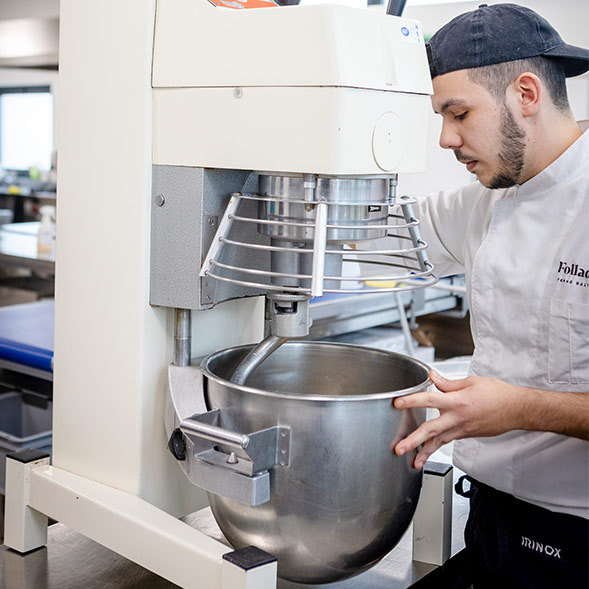
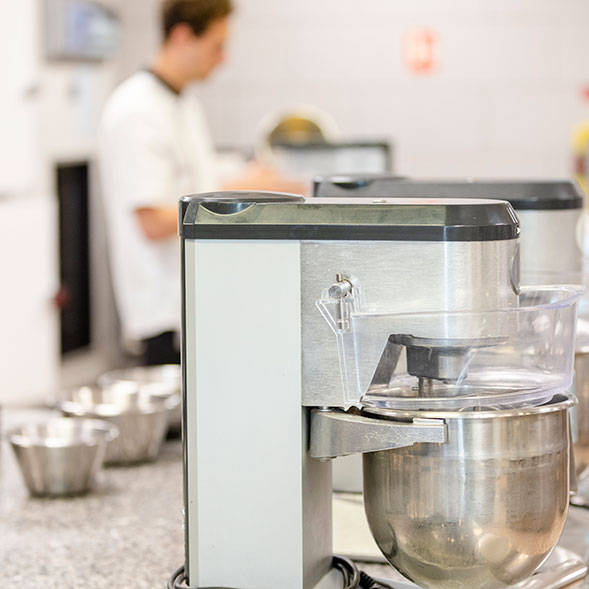

01.
Prioritizing price over performance:
while budget matters, cheaper appliances often lack the power and resilience needed for high-volume use. This can lead to frequent breakdowns and higher long-term costs.

02.
Ignoring workflow compatibility:
even the best appliance is inefficient if it doesn't fit your kitchen’s flow. Oversized units or poor placement can create bottlenecks and safety risks.

03.
Overlooking cleaning and maintenance:
complex designs or hard-to-clean components slow down turnover and increase sanitation risks. Always check how easy the appliance is to maintain. Is it fully detachable? Is it dishwasher-safe? For how long will the spare parts be available?

04.
Buying consumer-grade equipment for commercial use:
home appliances are not built for professional settings. They wear out quickly and typically don’t meet health and safety standards.

05.
Skipping staff input:
the people using the equipment daily have valuable insight. Involving your team in the decision-making process ensures you choose tools that truly fit your operation.
How to Evaluate the Best Kitchen Appliance Brands for Your Needs
Choosing the right kitchen appliance brand isn’t just about name recognition – it’s about how well the tools you bring into your kitchen will support your specific needs. It’s easy to be swayed by popularity or sleek design, but what really counts is how a machine performs when it’s running all day, every day.
Start by thinking about how the brand performs under pressure. Has it been tested in fast-paced, professional environments? Can it deliver consistent results during peak hours? Brands that specialize in commercial kitchen appliances – like Dito Sama – are often better equipped to handle the demands of high-output, high-expectation kitchens.
Next, look at what the brand is known for. Does it focus on performance and longevity? Are its products engineered for repetitive, intensive tasks? These are often signs of thoughtful design meant for professionals – not just home cooks.
It’s also worth digging into the practicalities:
- What kind of warranty is offered?
- What kind of warranty is offered?
- What kind of warranty is offered?
Finally, talk to others in the industry or read reviews from people who run kitchens similar to yours. Their experience often reveals more than a spec sheet can.
Choosing a brand that truly understands what it takes to keep a commercial kitchen running smoothly will save you time, money, and stress in the long run.
Tips for Making Smart, Long-Term Equipment Investments
Buying the best kitchen appliances isn’t just about the upfront purchase – it’s about what those tools do for your business over time. Here’s how to make smart, future-proof choices:
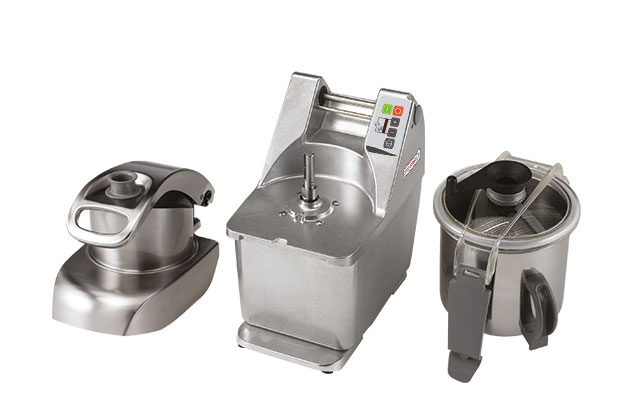
Think in systems, not in silos:
appliances should work together. Choose tools that integrate well into your overall workflow, reducing steps and manual labor.
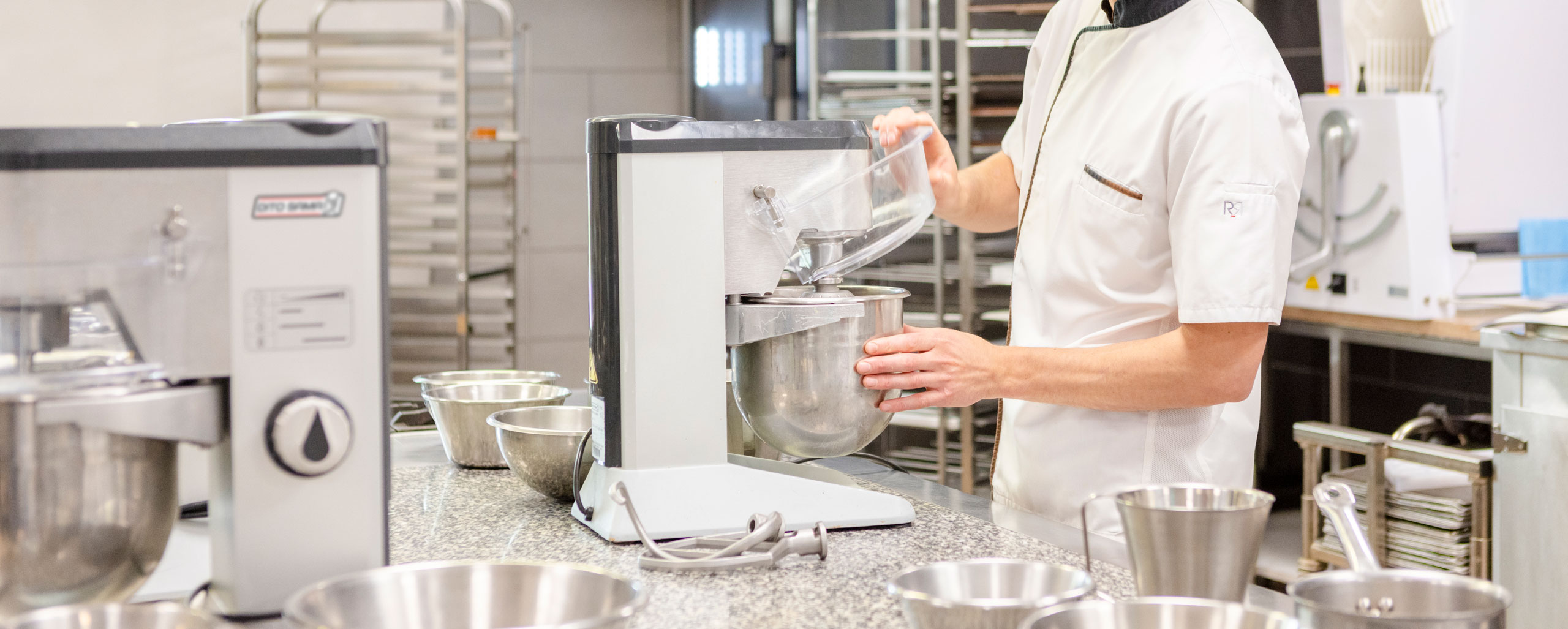
Plan for growth:
select equipment that can scale with your business. Adjustable capacities, modular designs, or upgradeable components add long-term value.
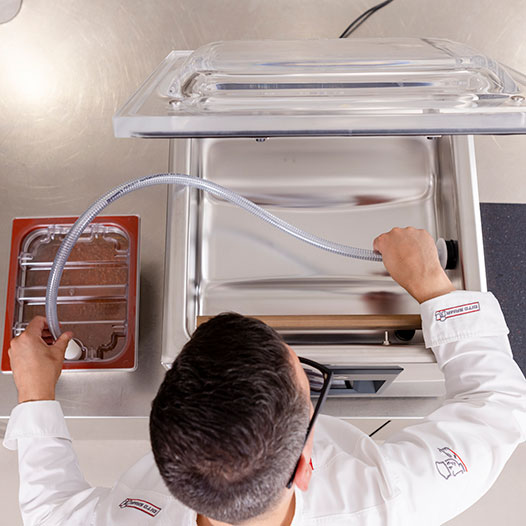
Balance innovation with practicality:
cutting-edge tech is exciting, but only if it solves real problems in your kitchen. Prioritize reliability and usability over flashy features.
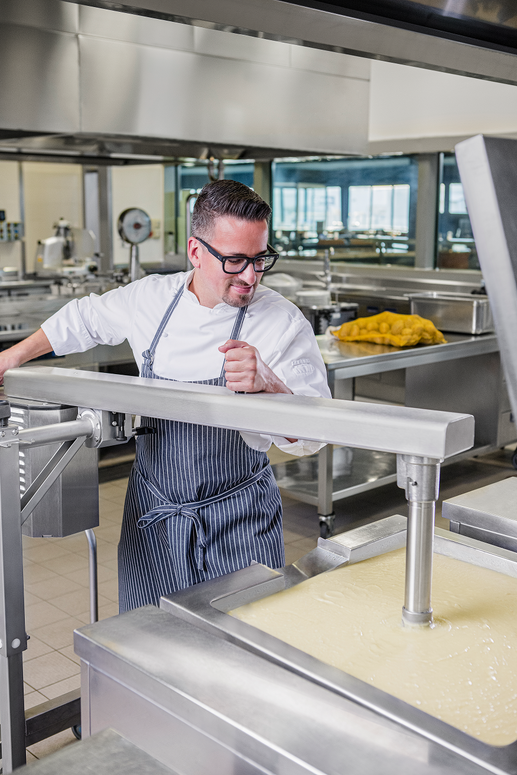
Invest in training:
even the best appliances are only as good as the people using them. Make sure your team is trained to operate and maintain new equipment properly.
With a thoughtful approach and a focus on professional-grade performance, you’ll avoid costly mistakes and build a kitchen setup that’s equipped to deliver – day after day.
LAST NEWS



